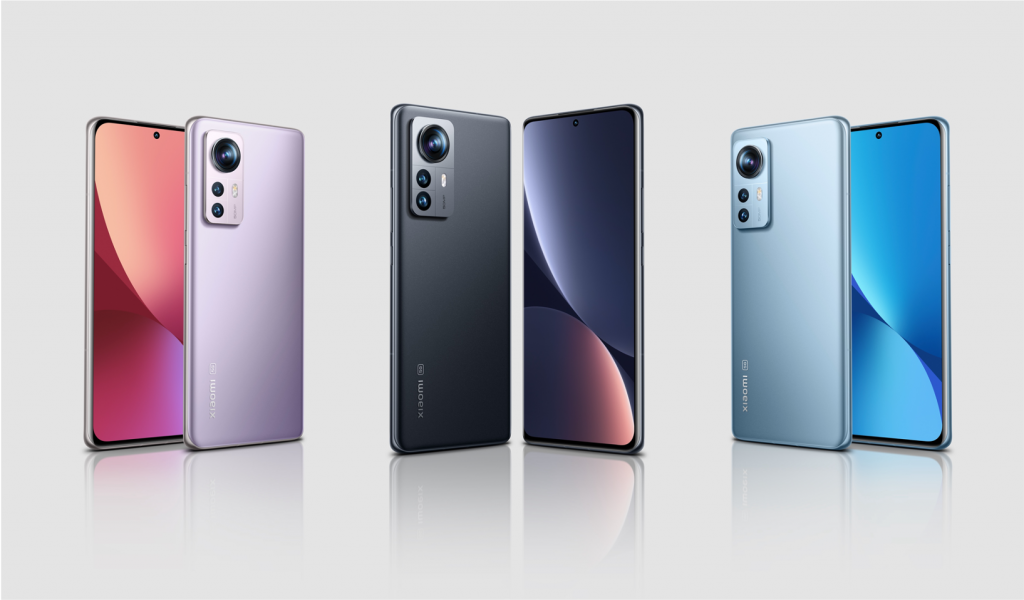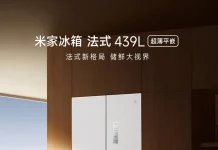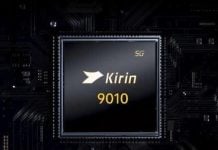Chinese smartphone OEMs have continued to try to profit off the gaping hole left by Huawei following its US ban, but have achieved only limited success. It’s true that average selling prices have risen in China as a result of companies targeting more premium segments. However, last year the market share of Android phones in the >$600 price band in the country was only 36.5% — down from the 44.6% share from 2020.
It’s clear that domestic companies are struggling to compete with Apple in the premium space despite various strategies like “dual premium.” This new strategy involves Android OEMs stretching their flagship lineup to span across a wider price spectrum by offering more models (via Counterpoint). For example, the Xiaomi 12 series comprises the Xiaomi 12 Pro, 12, and 12X, with a 12 Ultra on the way.

It’s possible that Android smartphones will recover some of the lost ground from Apple this year but the task isn’t going to be easy.
Counterpoint suggests that aside from getting the supply chain right, OEMs also need to focus on fundamentals — display, photography, and gaming experience.
LTPO screens need to be the staple for this year in order to offer better battery life in the wake of high refresh rate displays. The iPhone 13 Pro Max has continued to be the battery king and few Android phones have managed to beat it, let alone come close to it.
Photography is another important factor. While computational photography continues to be an extremely important component of mobile photography, OEMs are also realizing the importance of having better auxiliary cameras. Take the realme GT 2 Pro for example which comes with dual-50MP shooters.
The third factor is gaming experience and OEMs need to focus more on cooling to sustain gaming performance over longer periods.
Aside from this, strides also need to be made in developing an ecosystem — something where only Samsung has seen some success in the Android camp.
RELATED:
- Apple sees lower than expected demand for iPhone SE 2022: Kuo
- Apple to launch new M2 iPad Pro with MagSafe charging this fall: Gurman
- OPPO Find X5 Pro new color variant with lighter material to start selling from April 1
- Huawei case could allow P50 4G series to support 5G, live image appears
- Xiaomi Mi 11 Ultra receives massive price cut in China, Xiaomi 12 Ultra launch could be fast approaching






